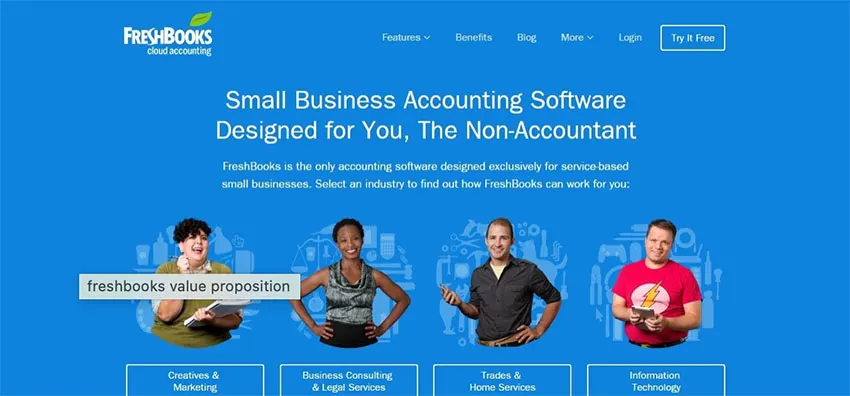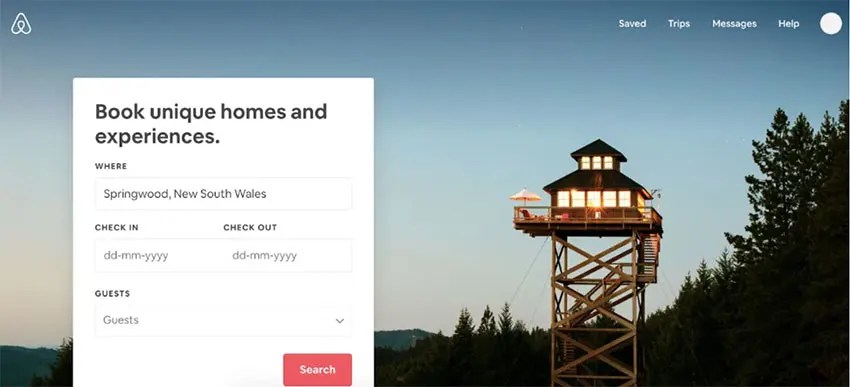Among the first lessons you’d learn in a copywriting techniques course is that consumers want to know what’s in it for them.
This article looks at how to frame that “what.”
Need vs. Want
Ultimately, your consumer is expecting one of these two outcomes from whatever they’re getting from you in exchange for their money. They’re internationally broad terms because they cover a lot.
People need the experience of a killer divorce lawyer, the health benefits of a sugar substitute and the warmth of winter gloves. Conversely, they want the feel of a performance car, pride of ownership in a signed baseball card and the fun of pink marshmallows in a breakfast cereal.
Sometimes, a product can fill a need and a want, depending on the consumer. The newest technology in running shoes is a need for someone training for a marathon and a want for someone who likes being on trend.
Once you figure out who your audience is (probably covered in beginner copywriting techniques), figure out whether they want or need.
If you begin a want-geared conversation with a need-driven consumer, or vice-versa, you’re done before you start.
Copywriting techniques: Write “Inside Out” for need
“Inside Out” copy starts with what’s inside the consumer’s head that’s keeping them up at night and causing the anxiety that led them to be receptive to what you’re offering.
Note that this is different than starting with their problem.
If they’re a B2B consumer and their issue is that their technology stack is underperforming, their consumer problem is a lack of efficiency or quality. But what’s eating at the consumer is that either they’ll get fired or go under if they don’t fix the problem.
A B2C consumer with a need should be thought of similarly. If their issue is an unsafe neighbourhood and their consumer problem is knowledge of what makes a good security system, then what’s keeping them up at night is the fear of a home invasion.
Inside out copy is empathetic and understanding. It recognizes the consumer problem, commiserates with the consumer and demonstrates why it doesn’t have to be a problem anymore.
Here’s a good example of Inside Out copy:

See how they hit the problem? You’re not an accountant and that frustrates you because as a small business owner, you have to be and you need to relieve that pressure.
Copywriting techniques: Write “Outside In” for want
“Outside In” copy starts with a state of awesomeness currently outside the consumer’s grasp, but not for long with your help.
A B2B consumer who wants more customers will get them if they use your new CRM tool because it has the ability to do what their current CRM tool can’t do.
This is the basic construct of an “Outside In” argument: You want/You’ll have it and more/Here’s why. There’s no mention of a problem because there’s no problem to speak of that your consumer knows of. What they don’t know is that, with your help, they could be in an even better spot than they think they could be.
It works for B2C consumers, too. A consumer wants to show their favourite sports team a bit of love. With your line of apparel, they could show love AND be comfy because yours is the only apparel made with sweat-proof fabrics. You want it/You’ll have it and more/Here’s how.
Here’s a good example of Inside Out copy:

Here, the turn-word (the word that makes the statement relevant to the reader) is “unique.” The traveller can book a room at any hotel and be just fine, but they’ll be better in a unique place they can tell their friends about when they get back. Everyone wants that, even if they say they don’t.
Don’t mix up Inside Out and Outside In
A consumer in a need-state is looking for help in the present. And the outside-in approach is future-focused and, in their minds, unhelpful and a turnoff.
At the same time, a consumer in a want-state doesn’t believe they have a problem, so leading with one will feel negative and be equally off-putting to them.
A final advanced copywriting techniques tip on Outside In vs. Inside Out
If you’re not sure whether your consumer is in a need or want state, ask yourself this question: will your solution make them feel happy or relieved? Happy = want = outside in. Relieved = need = inside out.
And if you’re still not sure, give us a call and we’ll walk you through it and some more useful copywriting techniques.
